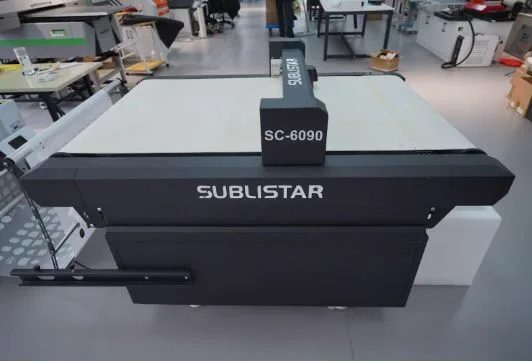Mobile‑First Strategy: Boosting Conversion in E‑commerce
Almost everyone scrolls through their phone to buy stuff these days-clothes, gadgets, even takeout. Shoppers want pages that load in a flash and feel natural to swipe through. Putting phones first doesn’t mean shrinking a desktop site; it means building something thats great on tiny screens from the ground up.
When a site is born mobile, more casual visitors end up clicking the buy button. Speedy loads, tidy design, and friendly browsing turn window-shoppers into customers and keep a store’s sales climbing.
Why Mobile Matters
More than half of all online orders come through smartphones now. A slow, jumbled page on a phone sends would-be buyers bouncing after just a few seconds. A mobile-first build zips along, reads well without pinching, and fits any screen size like a glove.
Google pays attention, too. Sites that play nice on phones get a nudge up the search rankings, so missing that tweak can cost both traffic and revenue.
Speed: The Fast Lane to More Sales
Want more people to buy from your mobile site? Make it fast. If your pages hang for longer than three seconds, most visitors will tap away and never look back. You’re losing money before they even peek at your inventory.
To pump up your speed, try these tricks: squash big image files so they take up less space, cut back on flashy pop-ups and heavy JavaScript, and pick a web host that brags about speed.
Once you’ve finished, run the URL through Google PageSpeed Insights or another speed checker. The score will give you a quick heads-up on what’s still slowing you down.
A quicker site hooks shoppers, keeps them scrolling, and slashes something called bounce rate, which is just a fancy way of talking about people who bail after one click.
Simple and Clear Design
Mobile screens are tiny, so your look needs to be super clear. Chunky buttons, short menus, and bright product shots let folks zip through the store without squinting.
Double-check that the font is easy to read without pinching-to-zoom, that buttons are roomy enough for thumbs not just pinky fingers, and that checkout doesn’t drag out with twenty-one boring fields.
The fewer taps it takes to buy, the better. One extra page can send a shopper packing. Trim the steps and watch your conversion rate climb.
Shop on the Go
People hunched over their phones don t hold still. One minute theyre on the couch and the next they’re half-forgotten lunch while waiting in line. If your mobile site isnt quick, theyll bounce before the next song plays.
Automatic fill lets shoppers skate past tedious forms; nobody wants to type their address for the hundredth time. A one-tap wallet button-read Apple Pay or Google Pay-sels them finish the purchase before their thumbs go tired. Gentle emails with phone-sized links rescue abandoned carts and keep the good vibes going. Easy search, meanwhile, keeps frustrated swipes from turning into bad reviews.
Pretend each customer is racing from the homepage to checkout. Cut steps, move buttons, and make the journey so obvious that they barely notice doing it.
Final Thoughts
Mobile-first stops being a buzzword when 2025 rolls in. Fast pages, clean layout, and a little empathy for thumbs on glass turn random visitors into eager buyers. Whether youre starting fresh or reviving an old shop, sketch the design on a phone screen before anything else, and the numbers-then the people behind them-will thank you.





